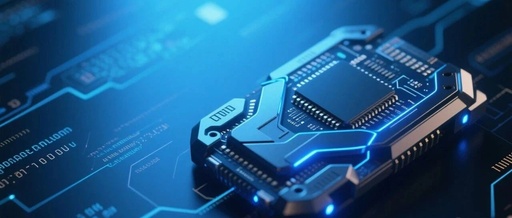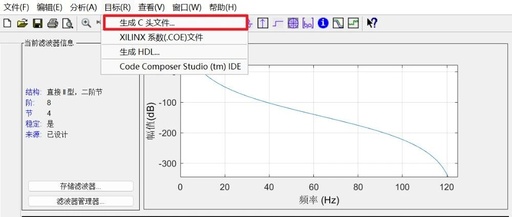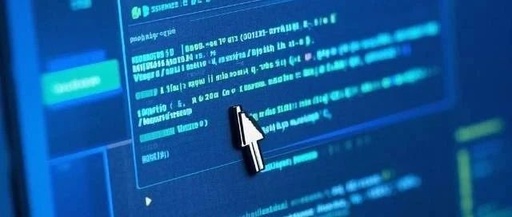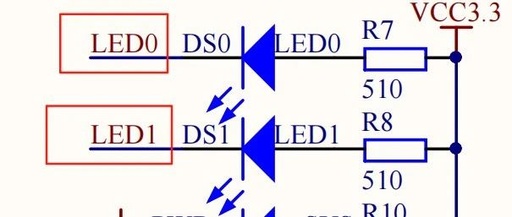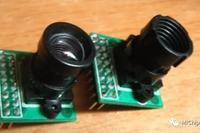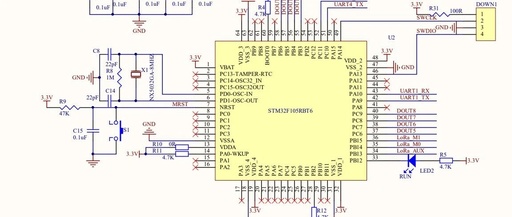From 51 to STM32: How Microcontrollers Lead the Hardware Revolution in the Smart Era?
In today’s rapidly developing fields of artificial intelligence and the Internet of Things, microcontrollers (Single Chip Microcontrollers) still play an indispensable role. Whether in smart homes, industrial automation, or wearable devices, microcontrollers remain the “unsung heroes” of the hardware world. Today, we will discuss the “hardcore strength” of microcontrollers and how they have become the … Read more
